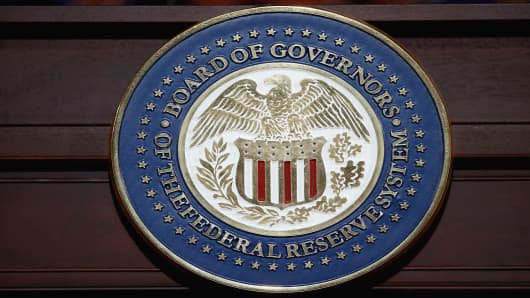Even the Fed isn't sure it did the right thing.
After deciding last week to spend an additional $600 billion on goosing the US economy—and unleashing a torrent of criticism from around the world—Federal Reserve officials on Monday signaled that even they were divided about the wisdom of the move.
While some argued it was an effective way to fight deflation risks, others warned that it might need to be curbed.
The central bank's decision has sparked an unusually vocal public debate among Fed officials, while drawing the ire of many other nations, which worry the United States is deliberately undercutting the dollar. Germany's finance minister even called the US central bank "clueless."
The only group that seems to like the Fed's latest move—for now at least—is investors. After a global rally on Thursday—the day after the Fed's decision—many pros are predicting that the central bank's policies, though posing dangers over the long run,will boost stocks and other assets in the near-term.
After Fed Chairman Ben Bernanke defended the central bank's decision on Saturday, St. Louis Fed President James Bullard, jumped into the fray on Monday, saying the likely benefits of so-called quatitative easing outweighed the costs.
"While asset purchases are sometimes viewed as unconventional, the financial market effects have been entirely conventional," said Bullard.
But Fed Governor Kevin Warsh, who like Bullard backed the new Fed program in a vote last week, expressed concern about the decision. He said he would have preferred the adoption of "pro-growth fiscal, regulatory and trade policies" to spur growth.
"I consider the FOMC's action as necessarily limited, circumscribed and subject to regular review," Warsh wrote Monday in an op-ed column in the Wall Street Journal. "Policies should be altered if certain objectives are satisfied, purported benefits disappoint, or potential risks threaten to materialize."
Dallas Fed President Richard Fisher also called the decision a risky move that can only succeed if lawmakers address the economy's root fiscal and regulatory ills.
"The Fed, as I see it, has taken a leap of faith that our political leaders will forge a sensible budgetary and regulatory path that incentivizes businesses to put to work the money the Fed is printing to invest in creating jobs for American workers" while averting a fiscal debacle, Fisher said in a speech Monday.
The lone Fed member who voted against easing last week, Kansas City Fed President Thomas Hoenig, on Friday renewed his call for the U.S central bank to raise borrowing costs, saying housing markets cannot follow a sustainable path until the Fed normalizes monetary policy.
"I worry that by pumping in significant amounts of dollars we then build the inflationary pressures for the future, and we do encourage then an easier credit environment that helped create this problem in the first place," he said.
The Fed's decision to add to the $1.7 trillion in government and mortgage-related debt it has already bought has driven down the value of the dollar and drawn scathing comments from countries that see the United States pushing for an export edge.
—Reuters contributed most of the reporting for this article.


